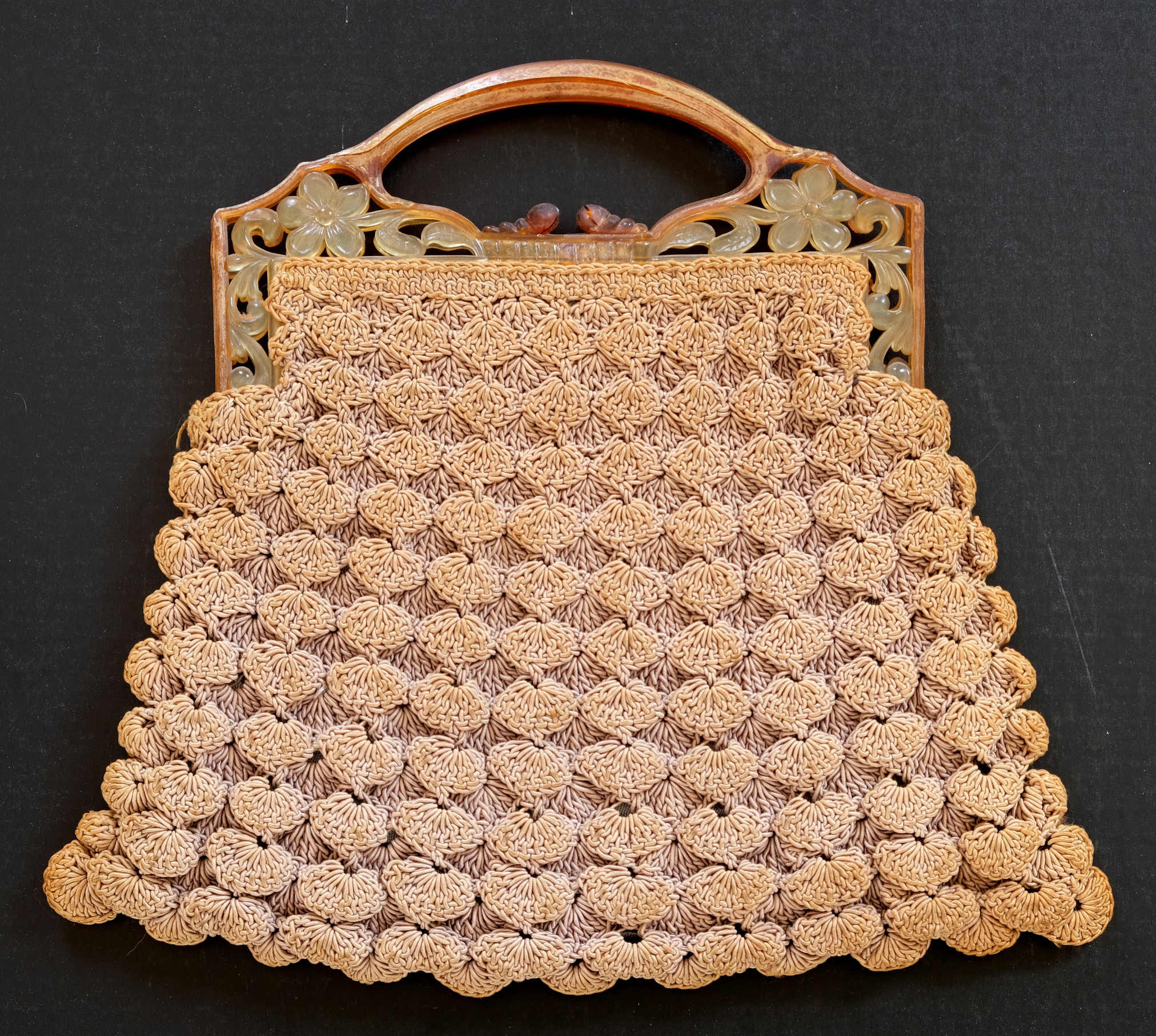Written by Denise Tipton. Research by Faull Kennedy – Connect with Denise through the Museum contact form

Take a moment and think about how much plastic you use on a daily basis. There is plastic in your toothbrush, in your car, in your phone. Plastic surrounds us everyday.
But it wasn’t always that way. For most of human history, plastic didn’t exist. Instead, products were made from leather, bones, wood, clay, metal and other natural substances.
In the late 1800s and early 1900s, great changes in lifestyles and an acceleration of innovation created a demand for more products and a need for new materials to make them with. In 1907, a Belgian-American chemist named Leo Baekeland invented the first truly synthetic plastic and named it Bakelite. Bakelite was based on a chemical combination of phenol and formaldehyde (phenol-formaldehyde resin), two compounds that were derived from coal tar and wood alcohol (methanol). Like modern plastics, Bakelite could be moulded into any shape very quickly, allowing for it to be mass produced. “The Material of a Thousand Uses” became the slogan of the Bakelite Company.
Bakelite exploded into the world of fashion. Jewellery made from Bakelite resin was extremely popular. It was even featured in magazines like Vogue, and promoted by the likes of Coco Chanel in the 1920s.
Bakelite was also used on products like radio cabinets, electrical insulators, table tops and the purse handle shown in the photo featured here.
By the late1940s, Bakelite lost popularity because colour had become an important marketing tool. Pure Bakelite resin was an amber colour and it could take other colours well, but it was brittle. To make the material more durable, it was injected with additives that strengthened it but dulled the colour. One of the additives was asbestos making vintage products dangerous to handle. Bakelite was abandoned when better plastics being invented were more pliable and could be shaped and coloured to make every conceivable product as we see today.